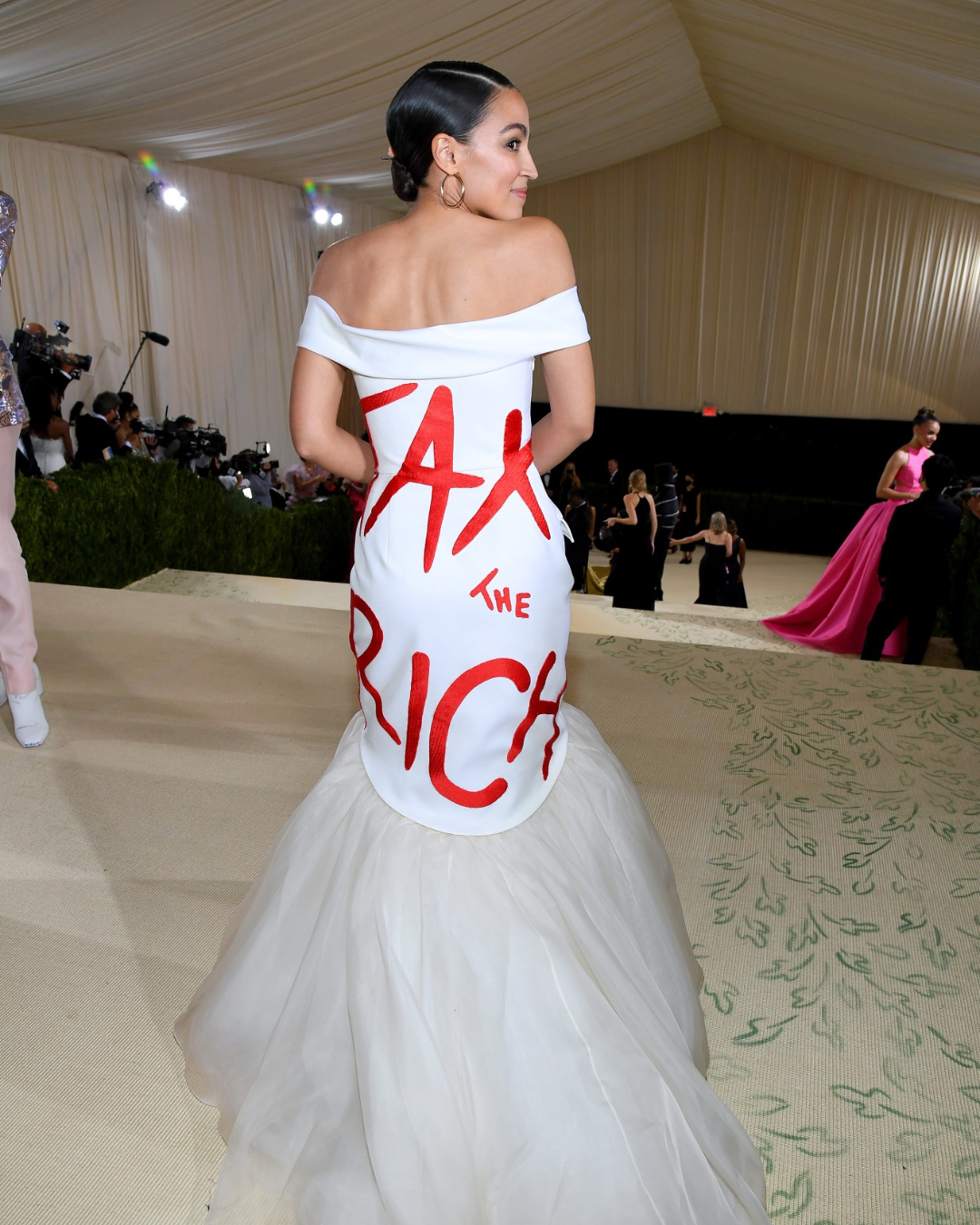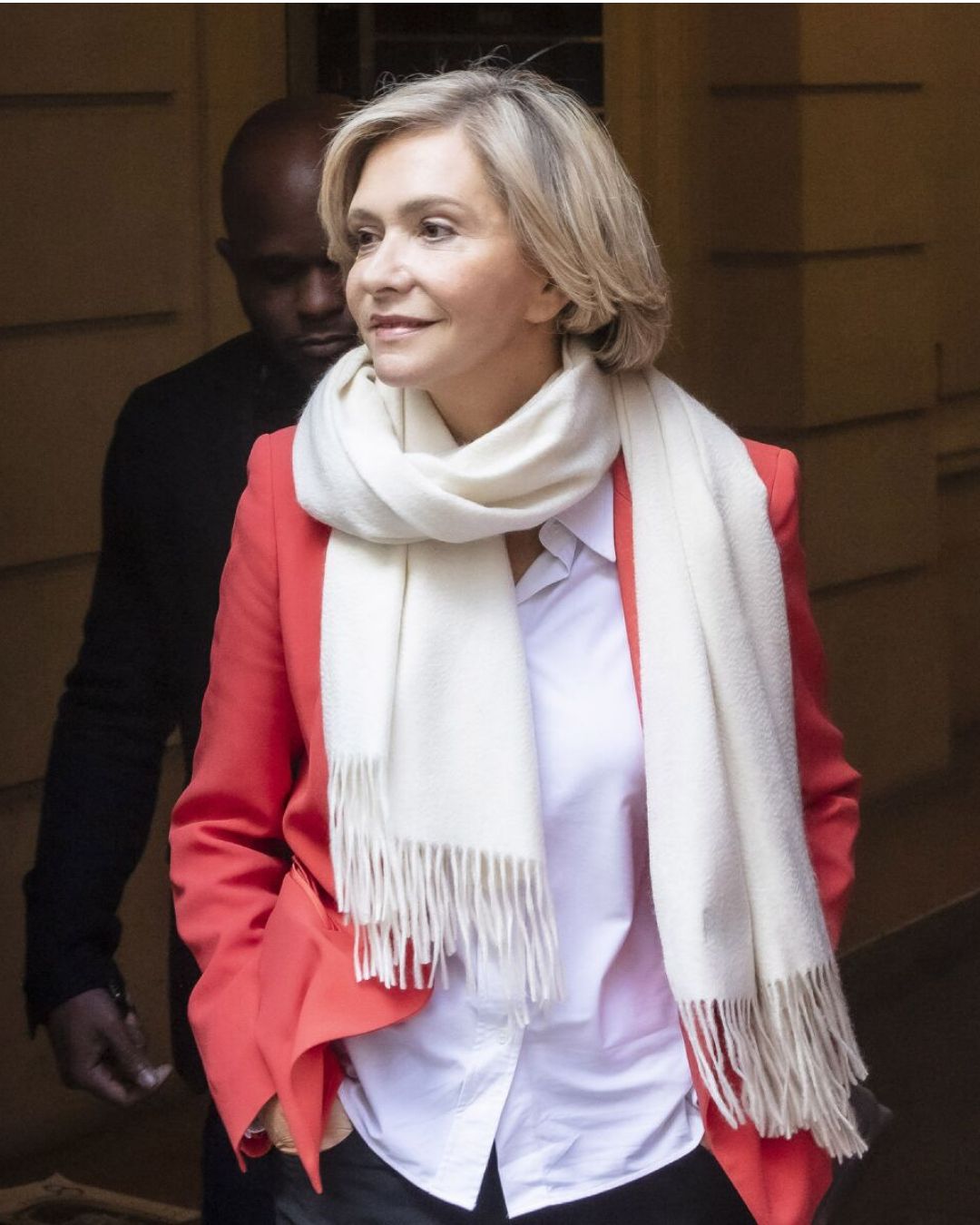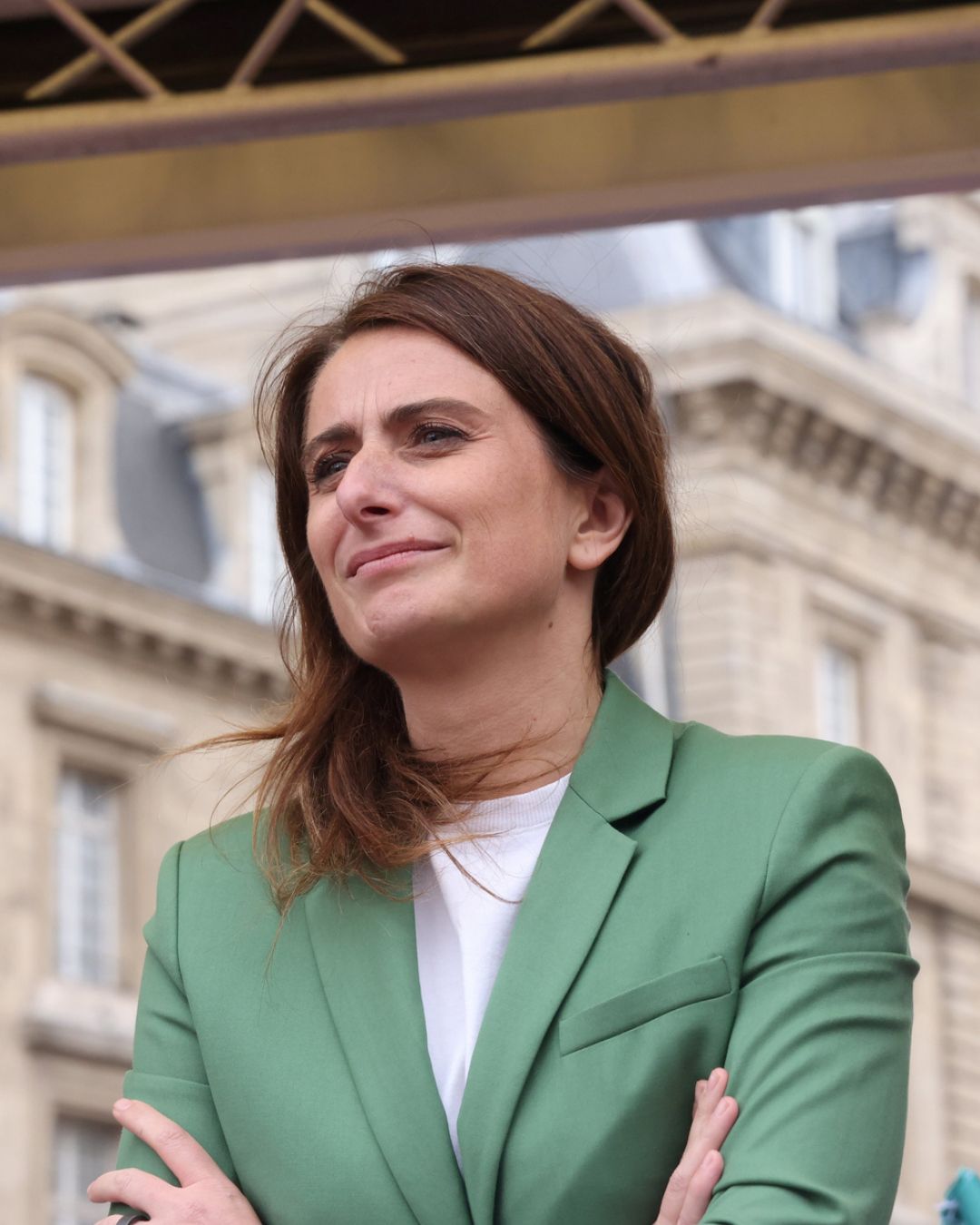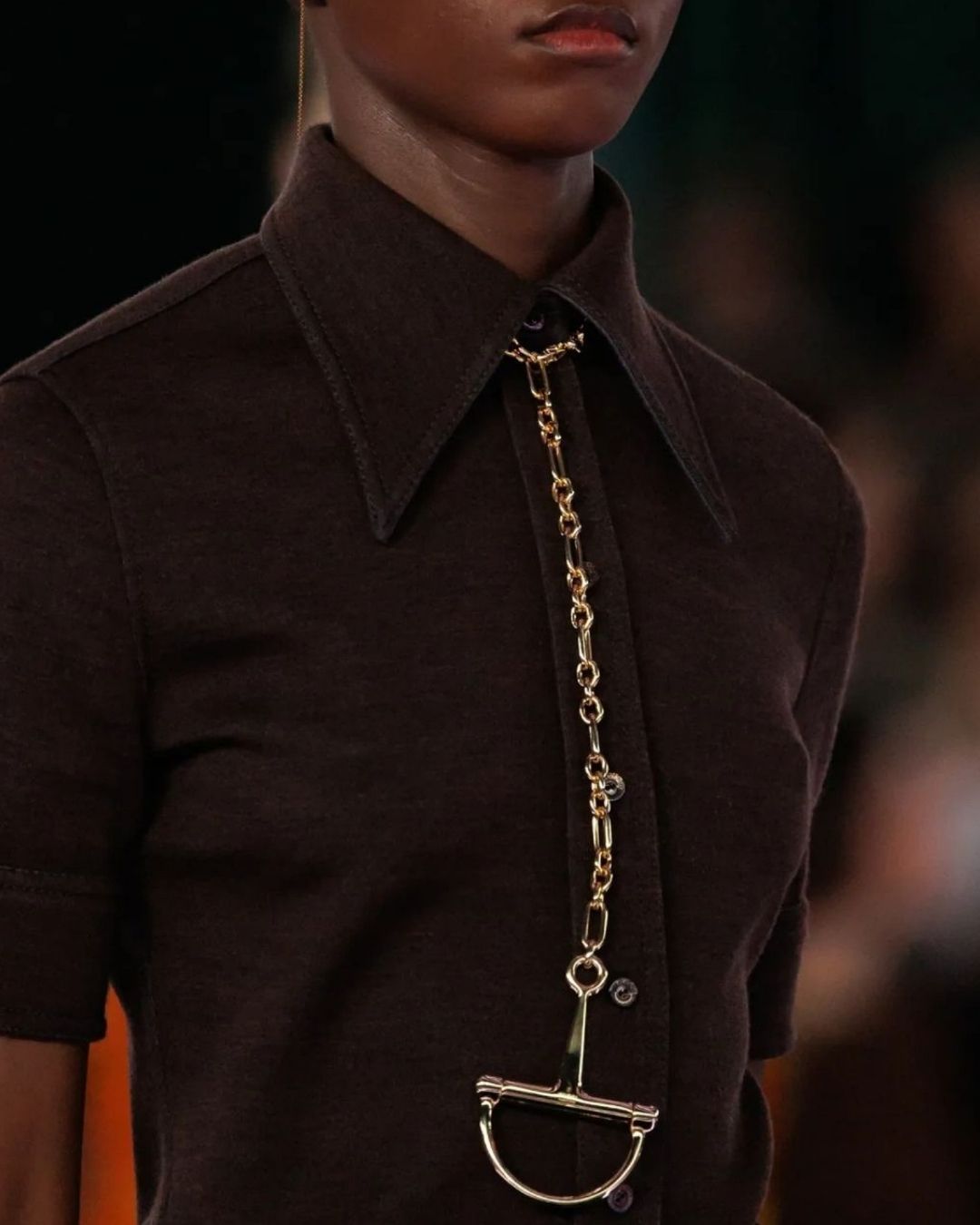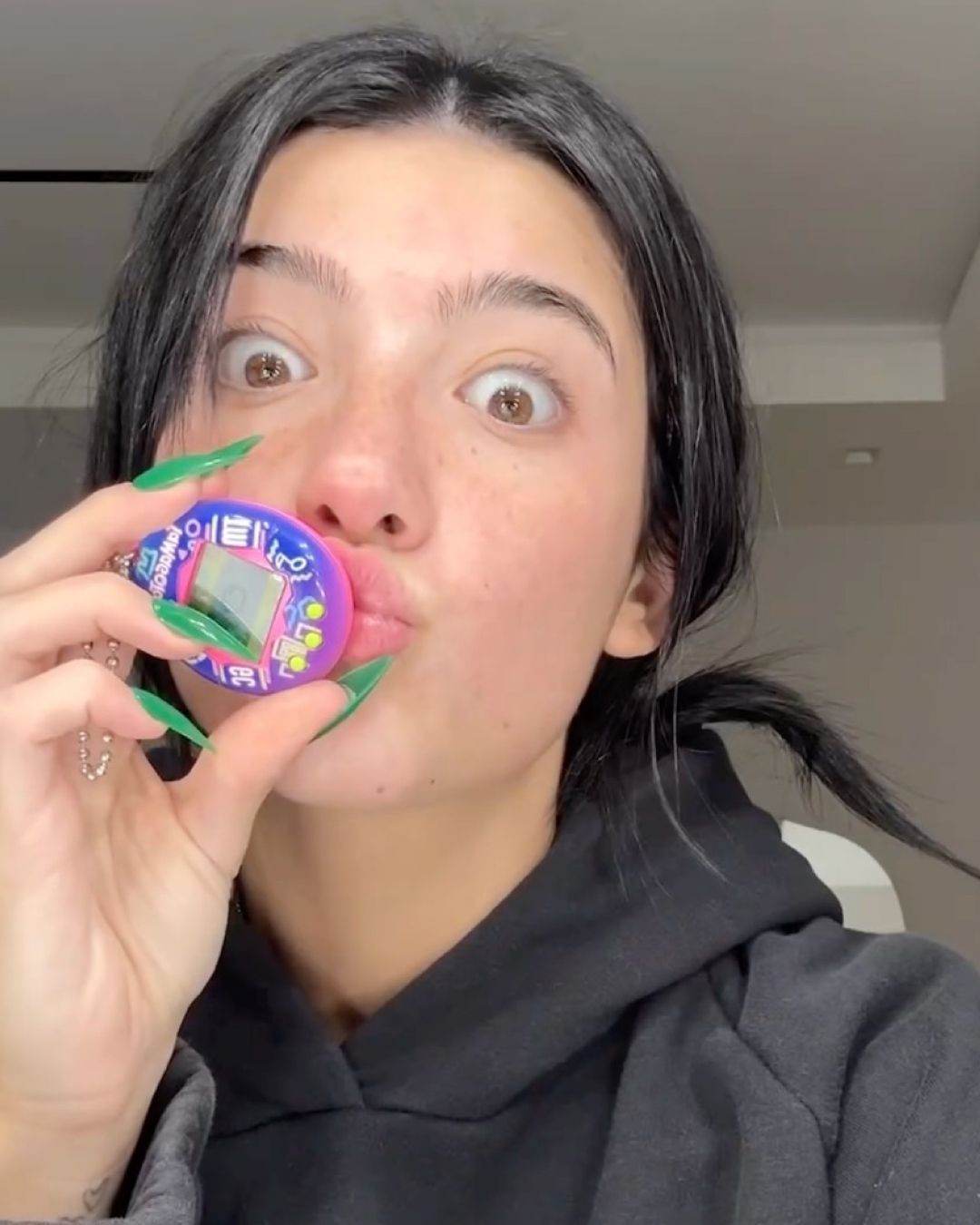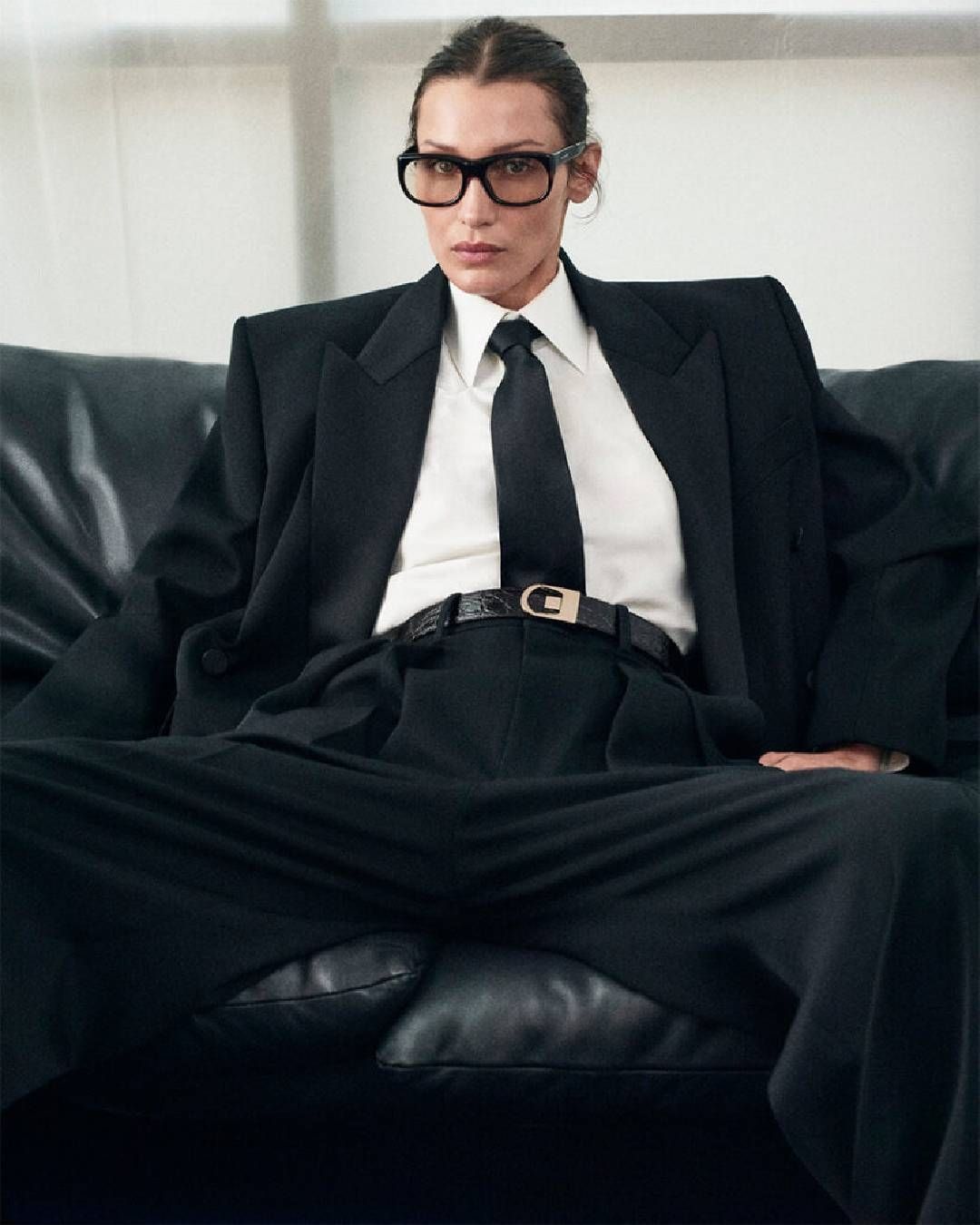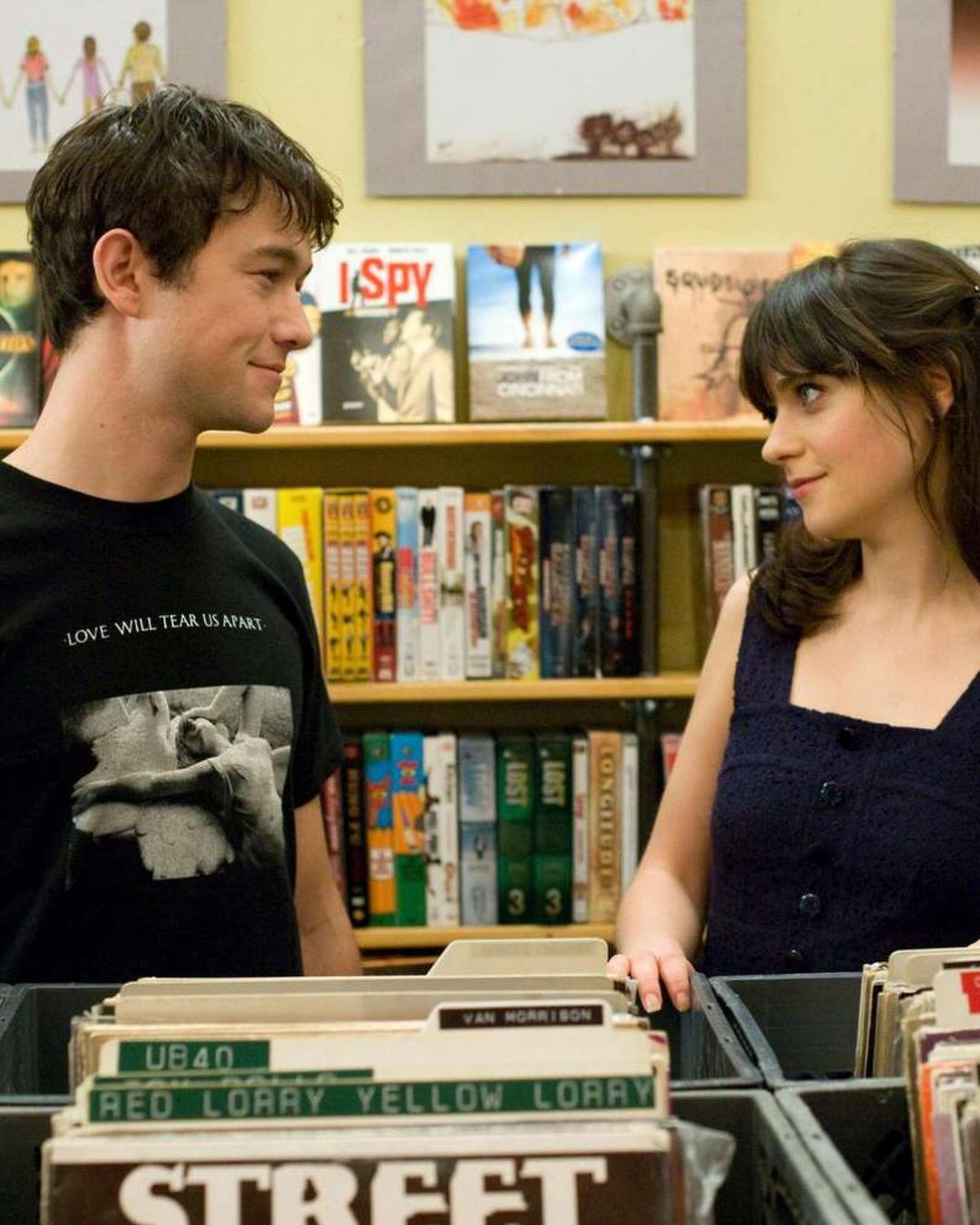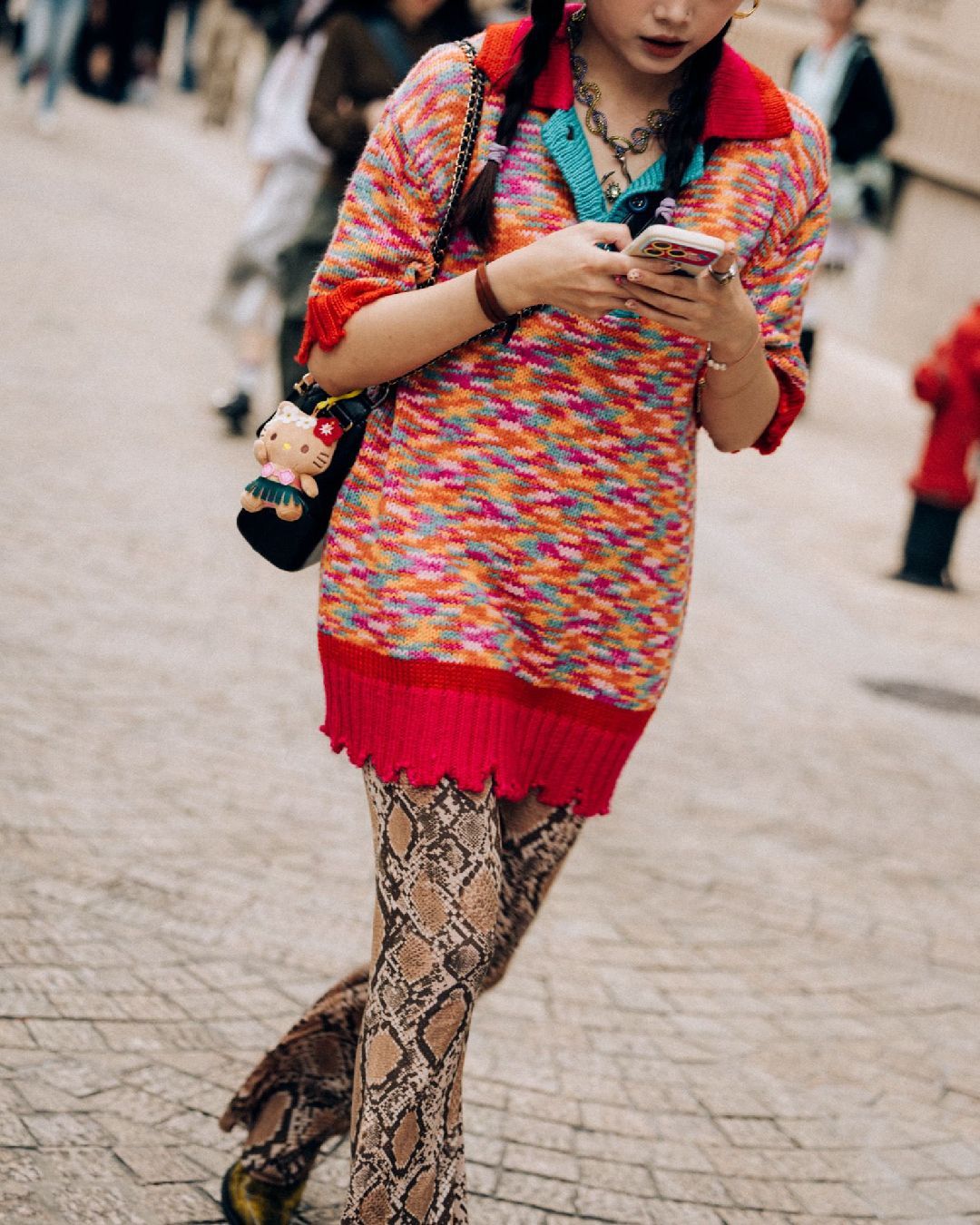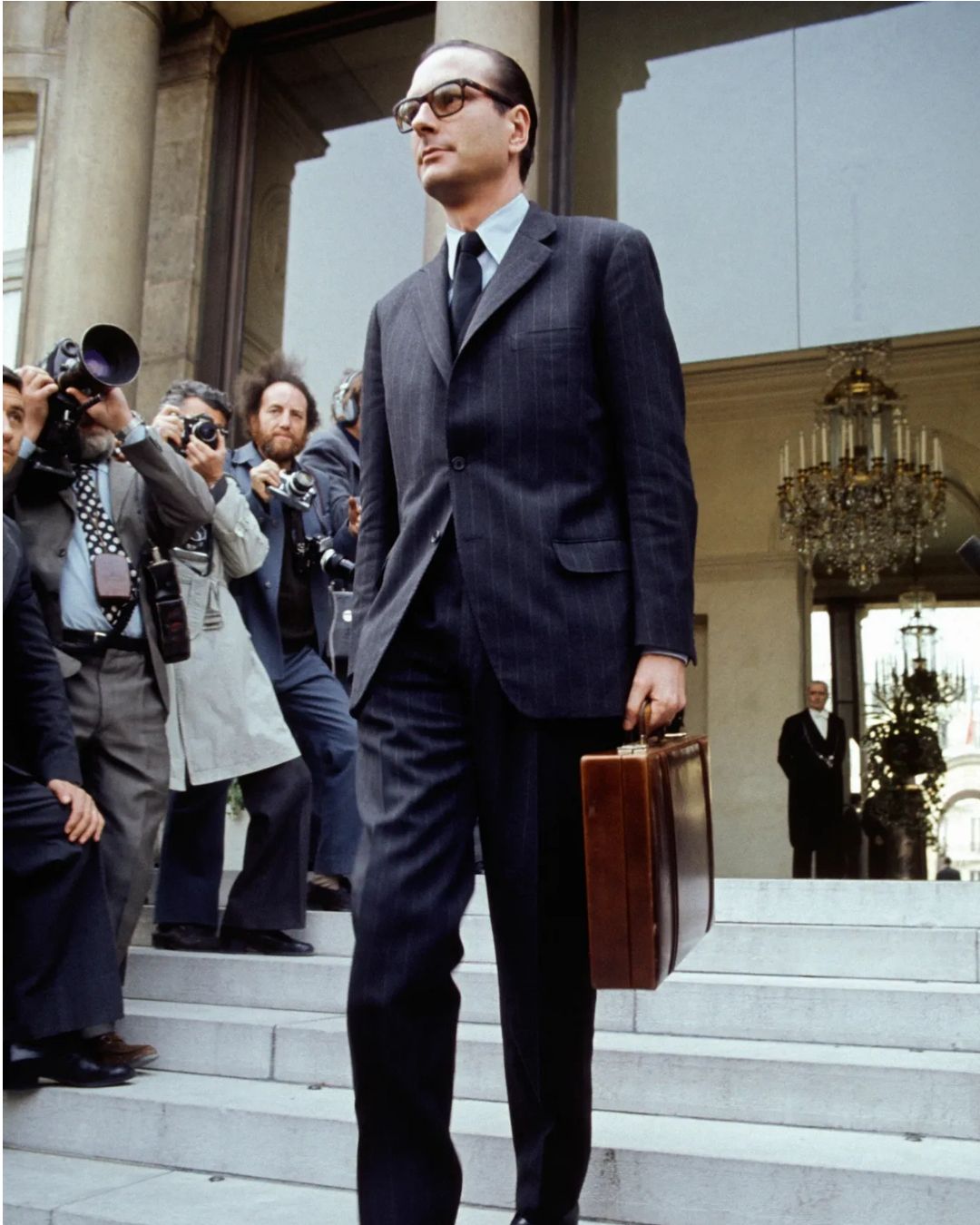
What do the outfits of politicians reveal? When politicians send a message through their clothes
The appearance of politicians, at first glance, may seem like a matter of personal style. However, behind every suit, tie, or even hoodie lies a carefully orchestrated strategy. As France prepares for the second round of legislative elections, candidates are doubling down on their efforts to refine their public image. This crucial phase of the electoral campaign highlights the importance of appearances in the political game. Indeed, the outfits of candidates are not just stylistic choices, but essential elements of their communication strategy. It is in this context that we will explore the clothing choices of contemporary political figures and what they reveal about their personality, message, and positioning on the political spectrum.
The Clothing Symbols of Politicians
The tie is often perceived as the bastion of political conventions. Its presence or absence can speak volumes about a candidate’s stance on established norms. Jean-Luc Mélenchon, known for his refusal to wear a tie in the National Assembly in 2017, wore one in 2022, but with a touch of color: red. This choice is not trivial. The color red, symbolizing revolution and protest, serves as a declaration of principles, a claim of a revolutionary political stance, even within the strictest conventions. Mélenchon's transition from a decidedly casual style to a red tie shows how appearances can be manipulated to reinforce a political message. Similarly, Yannick Jadot, the ecologist candidate, also opted for a tie for the first time during the 2022 presidential election. For him, the tie was a means of signaling his respect for the presidential institution and demonstrating a certain solemnity. This choice elicited mixed reactions among his supporters, with some seeing this gesture as a renunciation of the values of simplicity and authenticity dear to ecology, while others saw it as a political necessity to be taken seriously. When it comes to standing out from the political establishment, some opt for outfits that transgress norms. Philippe Poutou, a former NPA candidate, made a splash in 2017 with his t-shirt while most candidates were in suits and ties. His t-shirt was not just a matter of comfort but a political statement. By rejecting traditional dress codes, he affirmed his marginality and opposition to bourgeois conventions. It was a way of marking his rejection of the symbols of political opulence and positioning himself as the ultimate outsider. More recently, Emmanuel Macron was seen in a hoodie sporting the insignia of an elite paratrooper unit. This clothing choice was more about staging than anything else, an attempt to reinvent himself as a modern leader close to the youth. By opting for a garment associated with an elite military group, Macron sought to project an image of strength and determination. This stance, however, contrasted sharply with the context of a president in peacetime, highlighting the subtle interplay between image and reality.
Strategic Accessories and Details
Glasses are often more than just an accessory. They play a crucial role in building a public image. In his run for the highest office, Éric Zemmour chose to wear small oval glasses to soften his image as much as possible. In collective representations, this accessory evokes intellectuality, an attempt to counterbalance the simplicity of his political positions, temper the harshness of his speeches, and make him more conforming to the expectations of a respectable political figure. Color and style play a crucial role in public perception. Marine Le Pen, on her part, often opts for standardized attire: navy blue or black jackets with a white blouse. A strategic clothing choice of normalization that her ideological successor has also adopted. For Jordan Bardella, nothing stands out. By avoiding extravagance, he anchors himself in an image of credibility and stability. In contrast, Valérie Pécresse willingly sports colorful blazers, red for example, to stand out. A nod to Ségolène Royal, associated with the French flag and the Republicans, which aims to be both a symbol of passion and a clear affirmation in the political landscape.
Outfits and Public Perception
The clothing appearance of politicians can also signal economic and social positions. Emmanuel Macron, in 2017, highlighted his choice of a modestly priced suit (450 euros) to differentiate himself from François Fillon, whose suits cost up to 6,000 euros. This choice aimed to mark a clear opposition to ostentation and present an image of financial moderation. However, he later reversed his stance and opted for more expensive suits. François Fillon, on the other hand, paid the price for his expensive clothing choices during the suit scandal in 2017. A controversy that not only impacted his public image but also highlighted the public’s sensitivity to politicians' personal spending issues. Outfits also serve as a platform for clear political messages, reflecting the character and intentions of a political figure. At the Met Gala in 2021, Alexandria Ocasio-Cortez made waves with her dress bearing the inscription “Tax the rich”. This provocative message, displayed on a red carpet, and not just any red carpet, was a strong political statement, using glamour to draw attention to a crucial campaign issue. Similarly, Kamala Harris at her 2021 inauguration chose a purple suit, a symbolic color of the suffragettes. This clothing choice was not only a declaration of support for the feminist movement but also a symbol of unity and overcoming old divisions, thus attesting to a progressive vision for the future. At least, that was the hope.
The green jackets of Marine Tondelier
The latest fashion choice sparking debate in the world of politics is none other than Marine Tondelier's green jackets. The National Secretary of Europe Ecologie-Les-Verts has consistently drawn attention to herself lately, not just for her eloquence, but also for her signature green jackets that she proudly wears during public or televised appearances. As a member of the Nouveau Front Populaire, she quickly made her mark on the media landscape and has hardly gone unnoticed. Almost more than her political ideas, it is her green jacket, reflecting her ideals, that she wears on every TV show, which is stirring debate. Some criticize her, others applaud this nod to her principles, and some media outlets even say that it steals the show. Someone even went so far as to create an X account (formerly Twitter) titled «Marine Tondelier's Green Jacket». The secretary admitted to owning only two green jackets, but she is ready to invest in more similar pieces after seeing the impact of this simple fashion choice. «When I wear it, people come to me», she explained to Libération. Could there be a subliminal message hidden in these jackets? In any case, a bit of color during these tense times can't hurt. Let's see if this stylistic emblem endures and what extent this highly semiological reference will take, potentially becoming the new uniform of the movement's supporters.










































